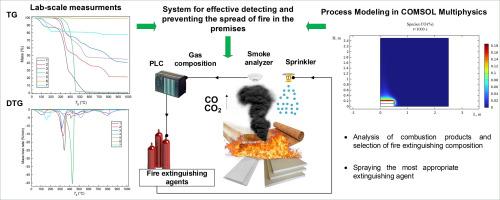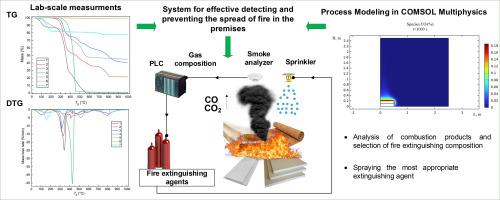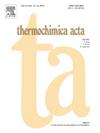Thermal decomposition and combustion of interior design materials
Abstract
Research findings on the patterns of thermal decomposition and combustion are reported for widely used interior design materials. The experiments were conducted using a hardware and software system including a thermogravimetric analyzer (to record the characteristics of thermal decomposition), a gas analyzer (with H2, CH4, H2S, SO2, CO and CO2 sensors) and a high-speed camera (to record the characteristics of ignition and combustion). The temperature of the oxidizing medium ranged from 500 to 900°C to investigate the conditions of thermal decomposition initiation and sustained combustion. It was established that the highest concentrations of toxic emissions were typical of the combustion of polypropylene at a maximum temperature of the oxidizing medium (900°C). Wood showed the shortest ignition delay time and the longest duration of combustion. The experimental data were used for a physical problem statement and mathematical model of heat and mass transfer to explore the thermal decomposition and combustion of interior design materials in different rooms. A comparison of the experimental findings with the mathematical modeling results validates the developed model. The growth rates of carbon monoxide and carbon dioxide concentrations were determined for construction (wooden) and interior design (polymer) materials. The maximum concentrations of CO and CO2, and the minimum times taken to reach their threshold values corresponded to wood and polyvinyl chloride panels. This research provides a deeper insight into the thermal decomposition of a wide range of fuels and the formation of gaseous pyrolysis products of these fuels. The results obtained can be used to evaluate the toxicity of construction and interior design materials during compartment fires as well as to estimate the safe egress time and risks involved in the process. They can also serve as a database for the development and testing of mathematical models describing fire outbreaks and propagation in confined spaces.



 求助内容:
求助内容: 应助结果提醒方式:
应助结果提醒方式:


